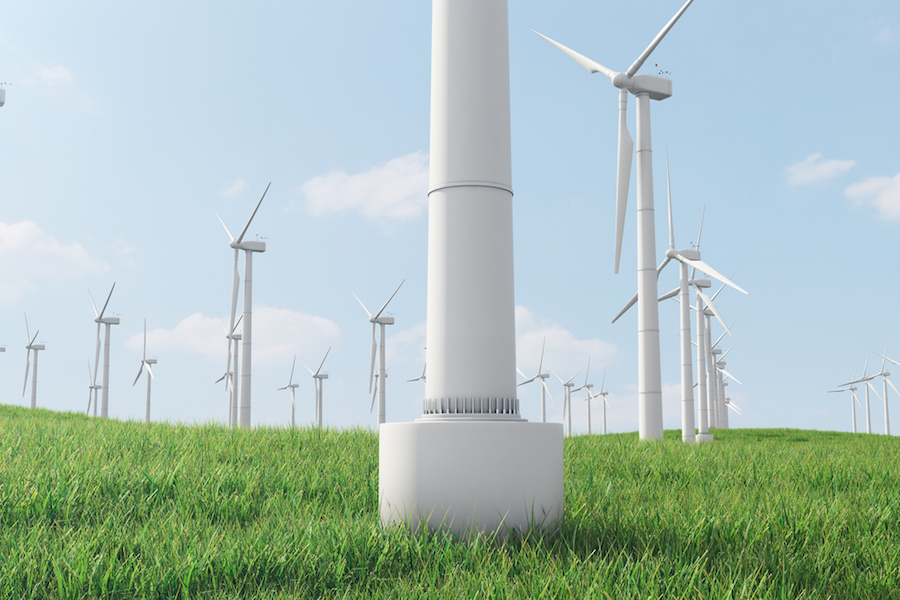Categories:
Energy
/
General Market Commentary
/
Precious Metals
Topics:
General Energy
/
General Market Commentary
/
General Precious Metals
Clean energy transition to increase demand for minerals - World Bank

A new World Bank report released today highlights the potential impacts that the expected continuing boom in low-carbon energy technologies will have on demand for many minerals and metals.
Using wind, solar, and energy storage batteries as key examples of low-carbon or “green” energy technologies, the report, “The Growing Role of Minerals and Metals for a Low-Carbon Future” examines the types of minerals and metals that will likely increase in demand as the world works towards commitments to keep the global average temperature rise at or below 2°C.
Minerals and metals expected to see heightened demand include: aluminum, copper, lead, lithium, manganese, nickel, silver, steel, and zinc and rare earth minerals such as indium, molybdenum, and neodymium. The most significant example is electric storage batteries, where demand for relevant metals: aluminum, cobalt, iron, lead, lithium, manganese, and nickel— could grow by more than 1,000 percent if countries take the actions needed to keep global warming at or below 2°C.
The report shows that a shift to a low-carbon future could result in opportunities for mineral-rich countries but also points to the need for these countries to ensure they have long-term strategies in place that enable them to make smart investment decisions. In readiness for growth in demand, countries will need to have appropriate policy mechanisms in place to safeguard local communities and the environment.
Big winners will be aluminum, copper, lead, lithium, manganese, nickel, silver, steel, zinc and rare earths.
“With better planning, resource-rich countries can take advantage of the increased demand to foster growth and development,” said Riccardo Puliti, Senior Director and Head of the Energy and Extractive Industries Global Practice at the World Bank. “Countries with capacity and infrastructure to supply the minerals and metals required for cleaner technologies have a unique opportunity to grow their economies if they develop their mining sectors in a sustainable way.”
The future demand for specific metals is not only a function of the degree to which countries commit to a low-carbon future, it is also driven by intra-technology choices. The low-carbon technologies that emerge as most applicable and beneficial, will play an important role in defining the commodity marketplace of the next 50 years. For example, the three leading forms of alternative vehicles — electric, hybrid, and hydrogen — each have different implications for metal demand: electric vehicles require lithium; hybrid vehicles use lead and hydrogen-powered vehicles use platinum.
Demand for individual metals and minerals will reflect the component mix of low-carbon technologies, corresponding with economic changes and technical developments. To position themselves well, countries will need reliable sources of economic data and market intelligence, as well as the capacity to turn that information into plans, investments, and sustainable operations.
Based on current trends, it is expected that Chile, Peru, and (potentially) Bolivia, will play a key role in supplying copper and lithium; Brazil is a key bauxite and iron ore supplier; while southern Africa and Guinea will be vital in the effort to meet growing demand for platinum, manganese, bauxite, and chromium. China will continue to play a leading role in production and reserve levels in practically every key metal required under low-carbon scenarios. India is dominant in iron, steel, and titanium, while Indonesia, Malaysia, and Philippines have opportunities with bauxite and nickel.
To continue reading please click link http://www.mining.com/web/clean-energy-transition-increase-demand-minerals-world-bank/